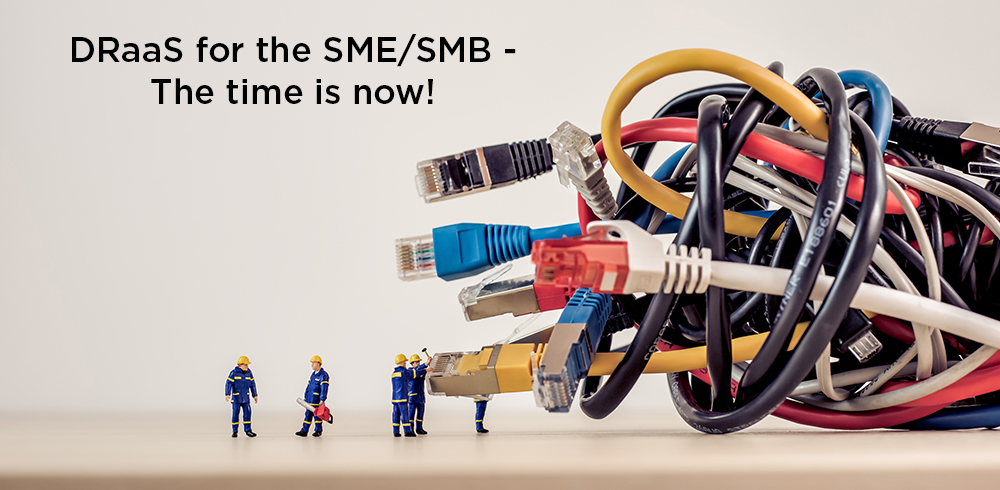Being cut off from crucial data for a lengthy period of time is every business’s worst nightmare. Something as malicious as ransomware, uncontrollable like severe weather, or innocent such as human error (or ignorant) can trigger a crisis like this. Notwithstanding the reason, the results will still be devastating.
Here’s what you need to know:
1. DRaaS is more than backup
2. DRaaS is now more affordable
3. What to look for in a DRaaS provider
Further, research conducted by the Ponemon Institute shows that organizations on average lose $8 850 for every minute of unplanned downtime. It can only be imagined how crippling such losses can be to SMB/SMEs. It explains why approximately 40% of SMB/SMEs affected by disasters never reopen and 90% fail within a year if they are unable to resume operations within 5 days.
1. DRaaS is more than backup?
Most businesses understand the concept of data backups – either in the cloud or on a remote server. However, DRaaS is different; it maintains a cloud-based replica of an organization’s entire IT environment that can be used in the event of a major or primary system crash. Because DRaaS supports that replica, it helps businesses maintain normal operations during a crisis.
2. DRaaS is now more affordable
DRaaS requires less IT, it’s easier and it is more cost-effective for an organization that cannot necessarily afford or justify enterprise-level disaster recovery. Gartner pointed out that cost reduction or avoidance accounts for 61% of customer adoption of DRaaS.
3. What to look for in a DRaaS provider
Because most industry leaders including Microsoft, IBM a VMWare have cloud-based disaster recovery solutions it can be tricky to know what to look for. To ensure you find the right service provider, you should consider factors such as (i) how up to date you data should be (this means a clear recovery time objective and recovery point objective should be set); (ii) how long can you afford to be without your data; (iii) will enough resources be available; and (iv) can you test the service to see if it works.
DRaaS is fast turning into the first choice of disaster recovery options for businesses with more businesses using DRaaS than traditional recovery services, according to Gartner. Choosing a DRaaS solution requires a third-party technology partner who can methodically meet your organization’s DRaaS objectives. Stage2Data uses your company’s existing infrastructure for this purpose. If a disaster occurs, simply call Stage2Data to arrange a recreation of the system. Your data will remain intact whilst our DR experts work with you to resolve the problem.
Read more about phishing:
Why you should consider Stage2Data’s as-a-service solutions



